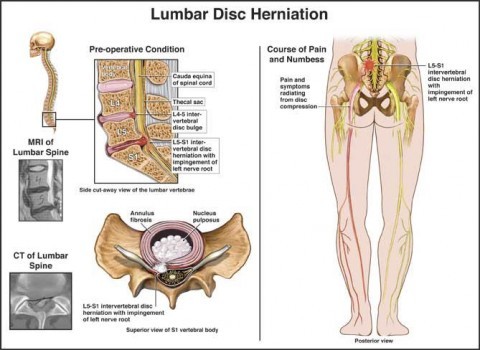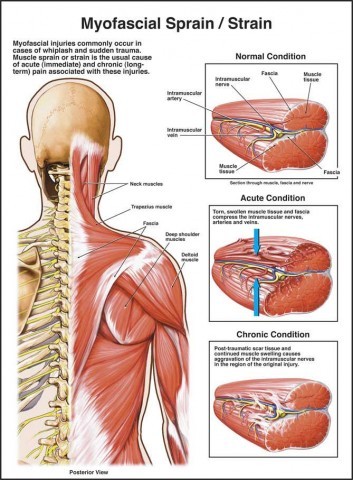Blog
Back and Neck Injury FAQs
What can I expect at the doctor's office?
Your doctor will perform many clinical tests to gain information regarding your symptoms and injury history. The course of treatment will depend on the information you provide, along with X-ray results, which are often taken early on as they are relatively inexpensive.
What will X-rays indicate?
X-rays can, among other things, indicate whether any of the bones in your neck or back are broken or have shifted. While most back and neck injuries do not involve broken vertebrae, when they do, it can cause severe problems including paralysis or death. The spinal cord has the consistency of toothpaste and if any of the bone material cuts into it, the results can be catastrophic.
If the vertebrae are fractured or compressed without compromising the spinal cord, treatment is often conservative. However, in some cases, the physician may opt to apply a medical cement to mend the vertebrae. This procedure is called a Vertebroplasty.
What common treatments are given when there are no broken bones?
If X-rays have determined that you have no broken bones, you likely will be prescribed physical therapy, a muscle relaxant and/or a pain medication. The doctor often will wait to see if your injury will resolve with time. These treatments are referred to as "conservative care."
If these treatments do not resolve the problem and the doctor has not already ordered further diagnostic testing, the doctor will usually order them at this time. There are various clinical and radiographic diagnostic tests that can help doctors determine the cause of your pain.
In addition to X-rays (which primarily address bony structures) doctors may order an Electromyography or EMG (a procedure which involves testing the electrical activity of muscles and is usually ordered in conjunction with other tests). More commonly, they would order a Magnetic Resonance Imaging or MRI (a noninvasive test that provides a detailed picture of organs, soft tissue and all other internal body structures). These tests will determine if the condition warrants surgical intervention. There are many types of back surgery, all dependent upon test findings.
Contact McCarron Law Firm
Contact McCarron Law Firm in Bloomington, Illinois, to arrange a FREE CONSULTATION and talk with us about your situation. Call us at 309-820-1010 or toll free at 800-488-7661.


